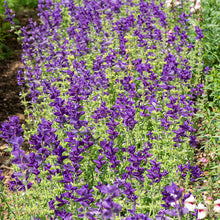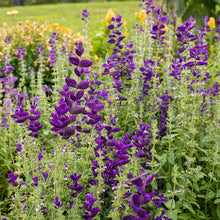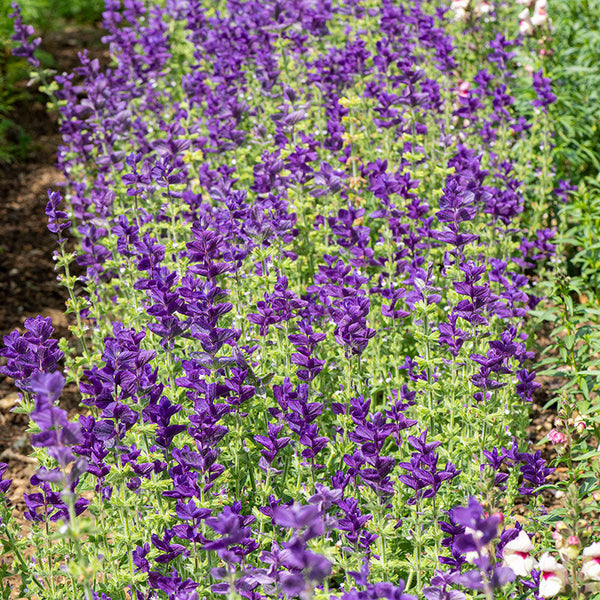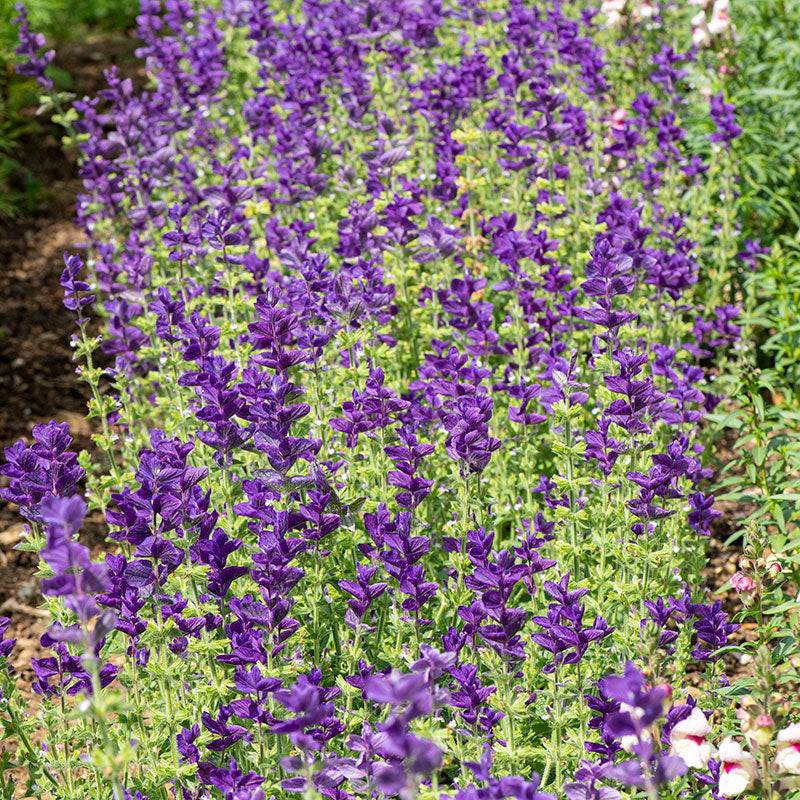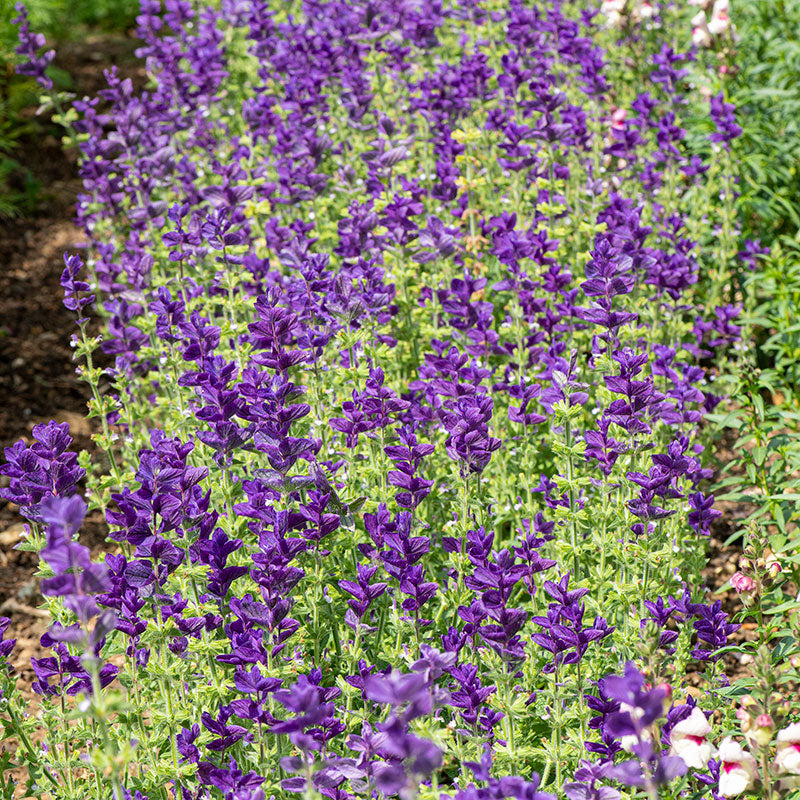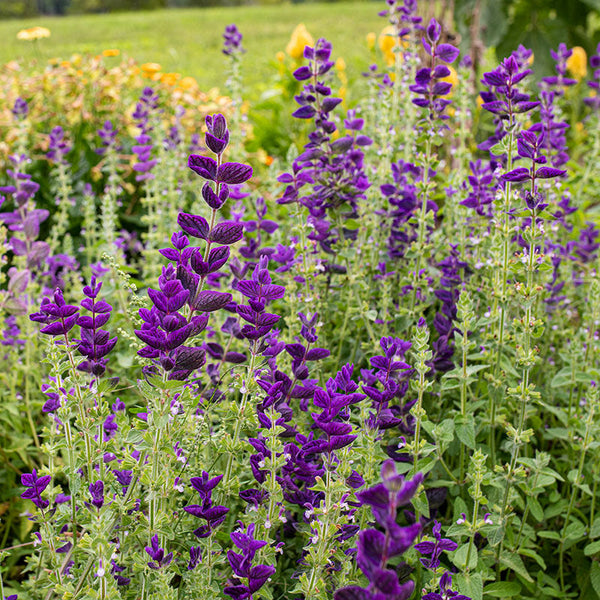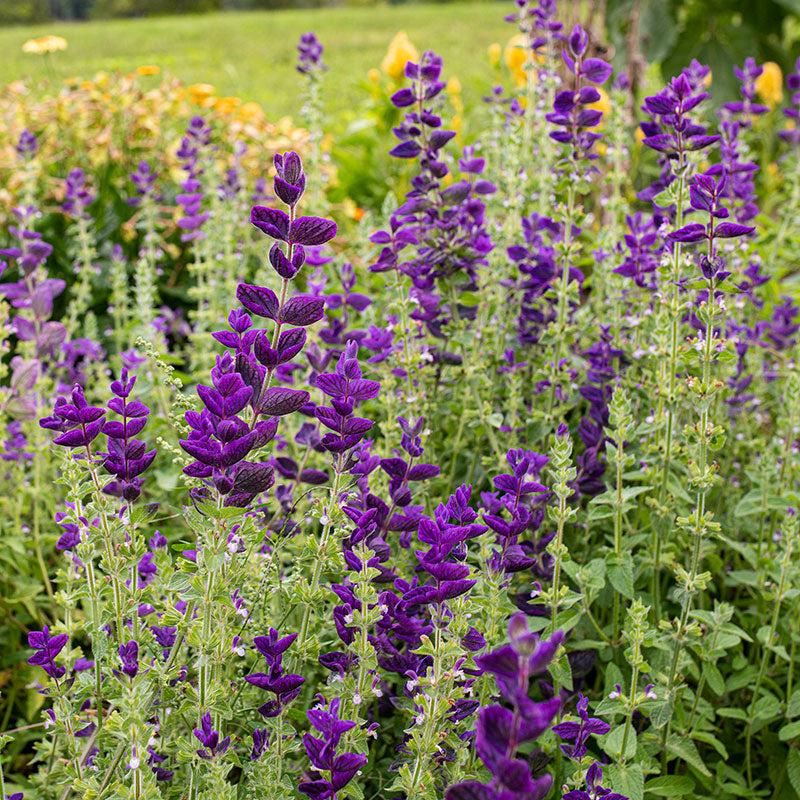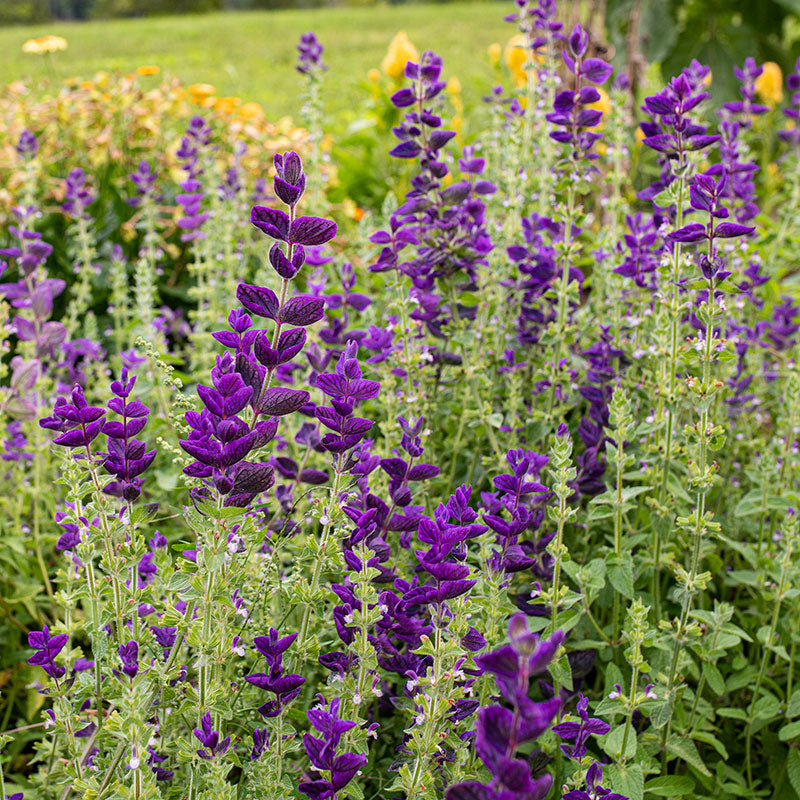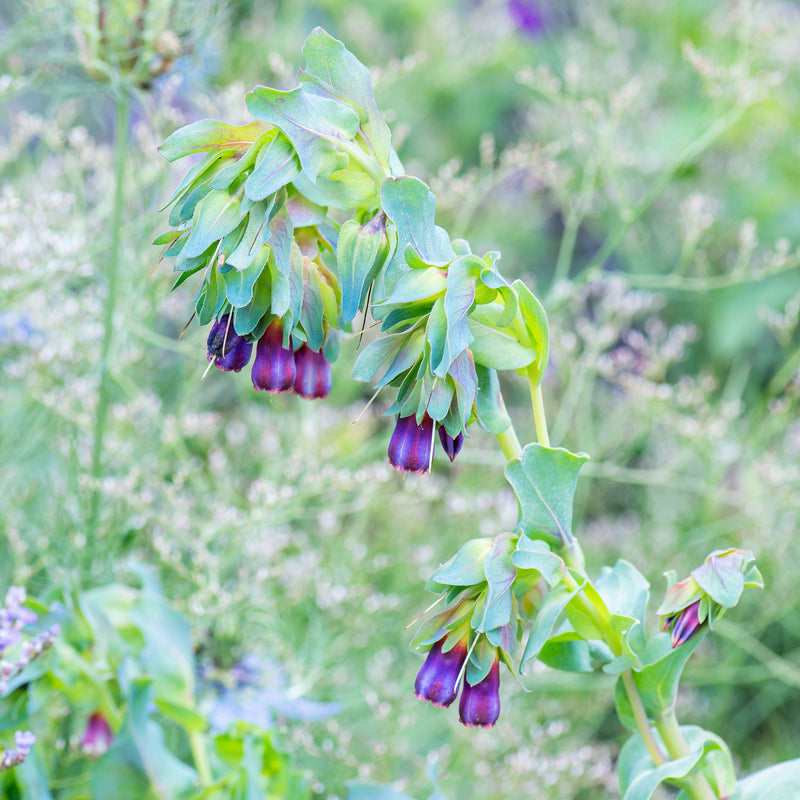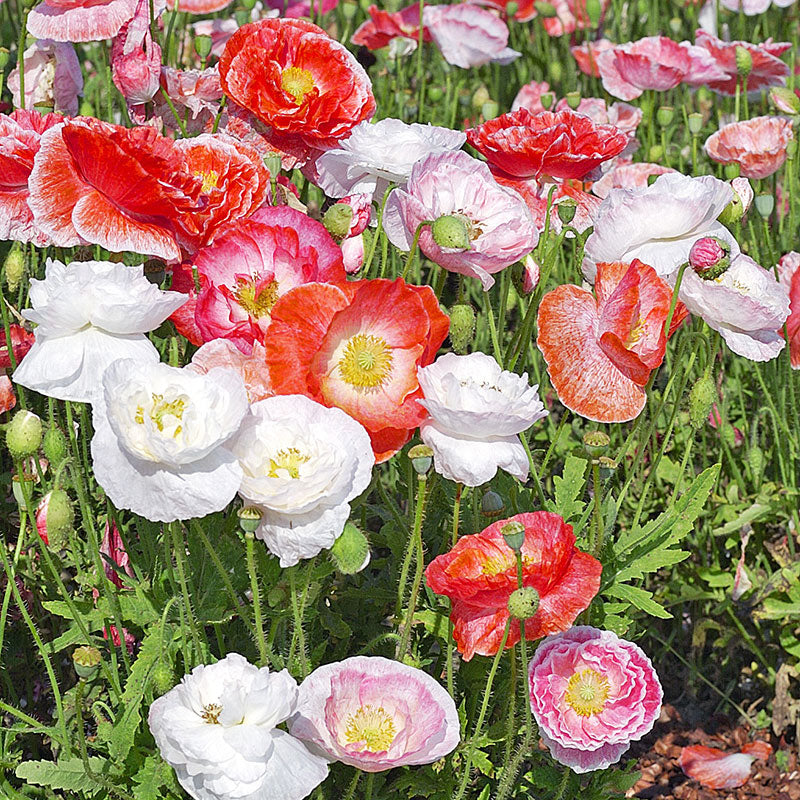Seed Packet
Salvia - Annual Clary 'Blue'
Salvia viridis
An age-old favorite folk remedy and ornamental flower of cottage gardens, purple-topped Clary has small beaked flowers cradled in large purple veined bracts that develop more and more brilliance and depth as the plant matures. A lovely counterpoint to pink and coral Shirley poppies, drifts of calendula and honeywort, and so much more.
SKU #S261
Growing Companions






























